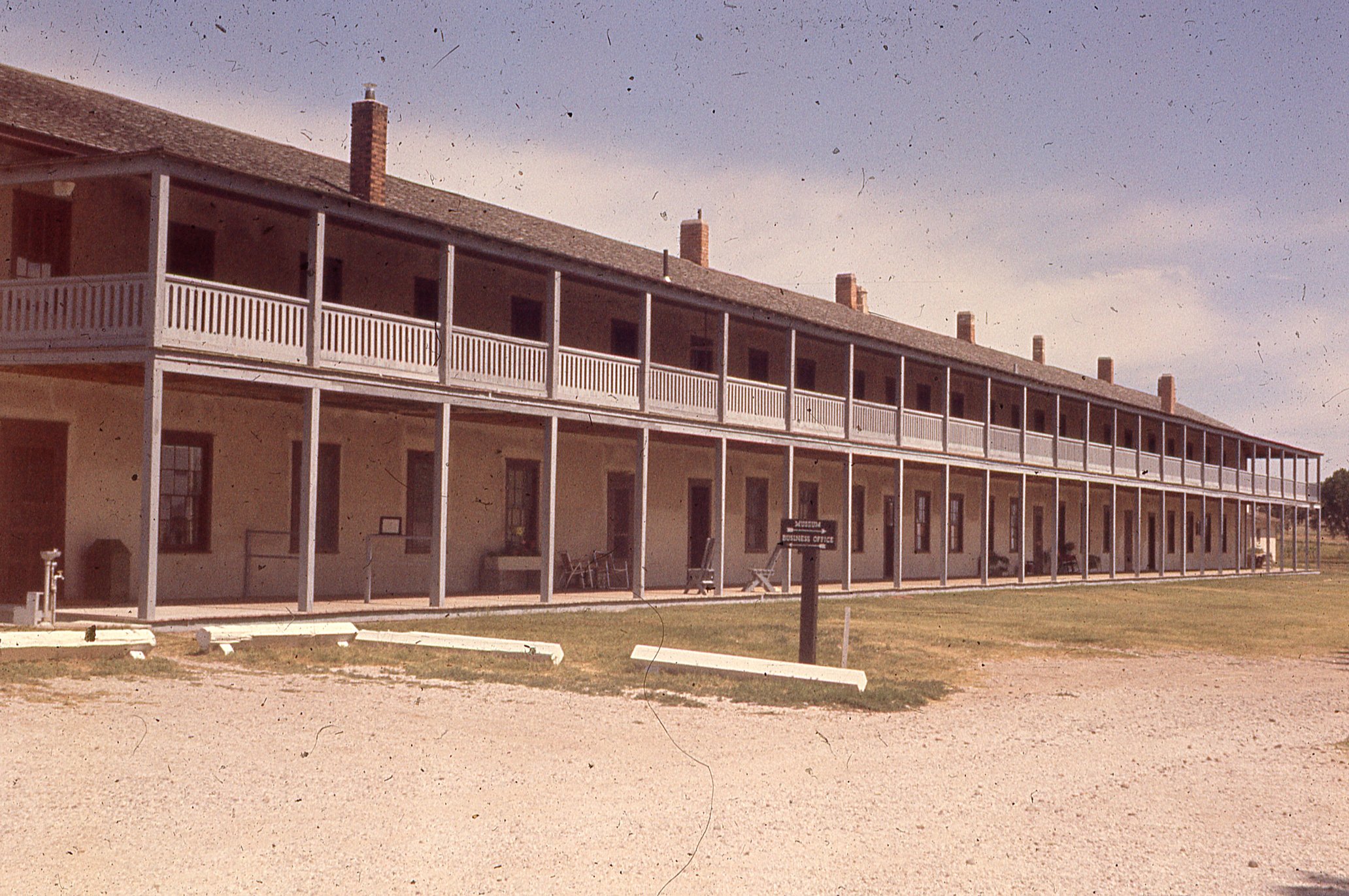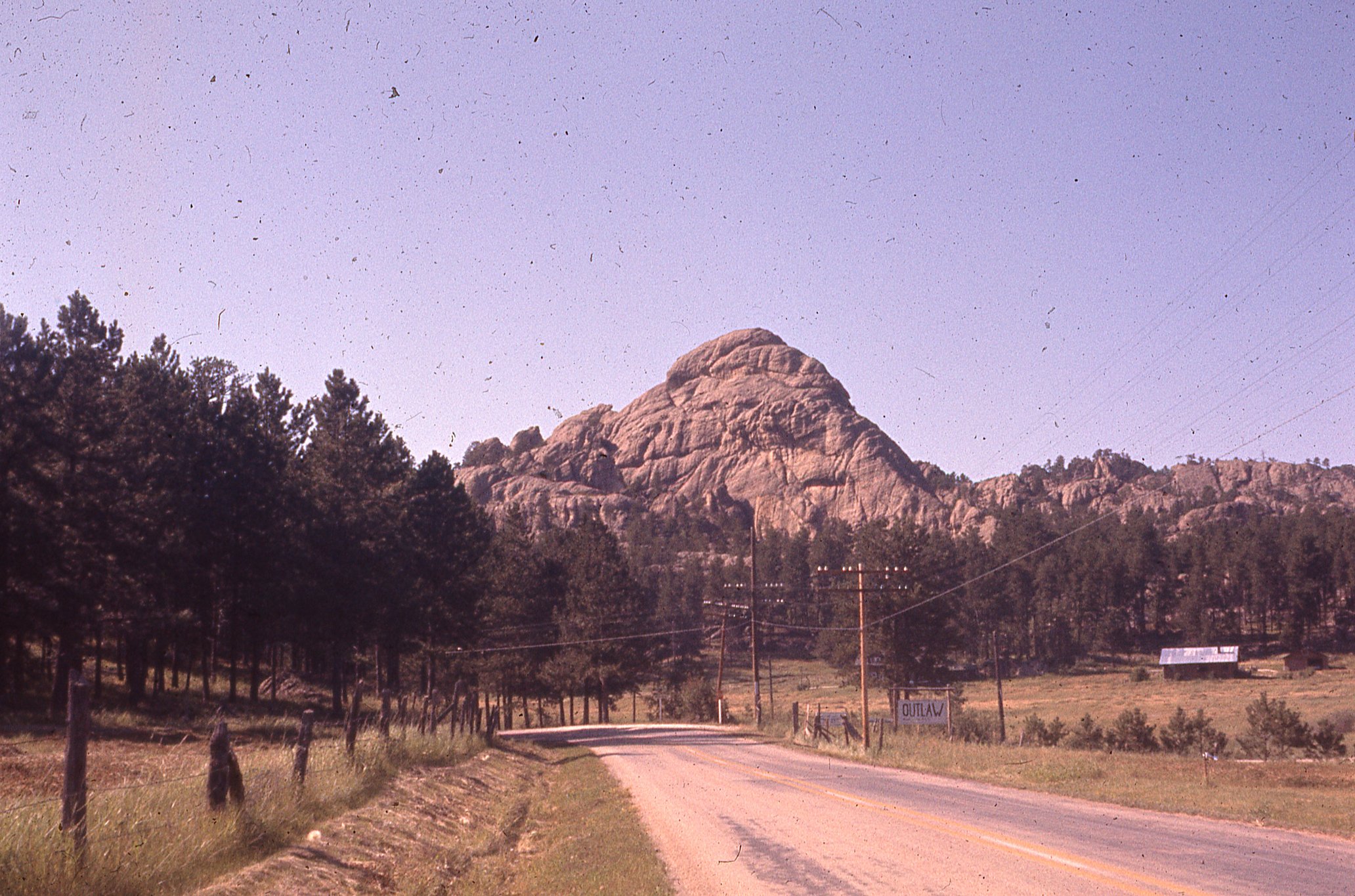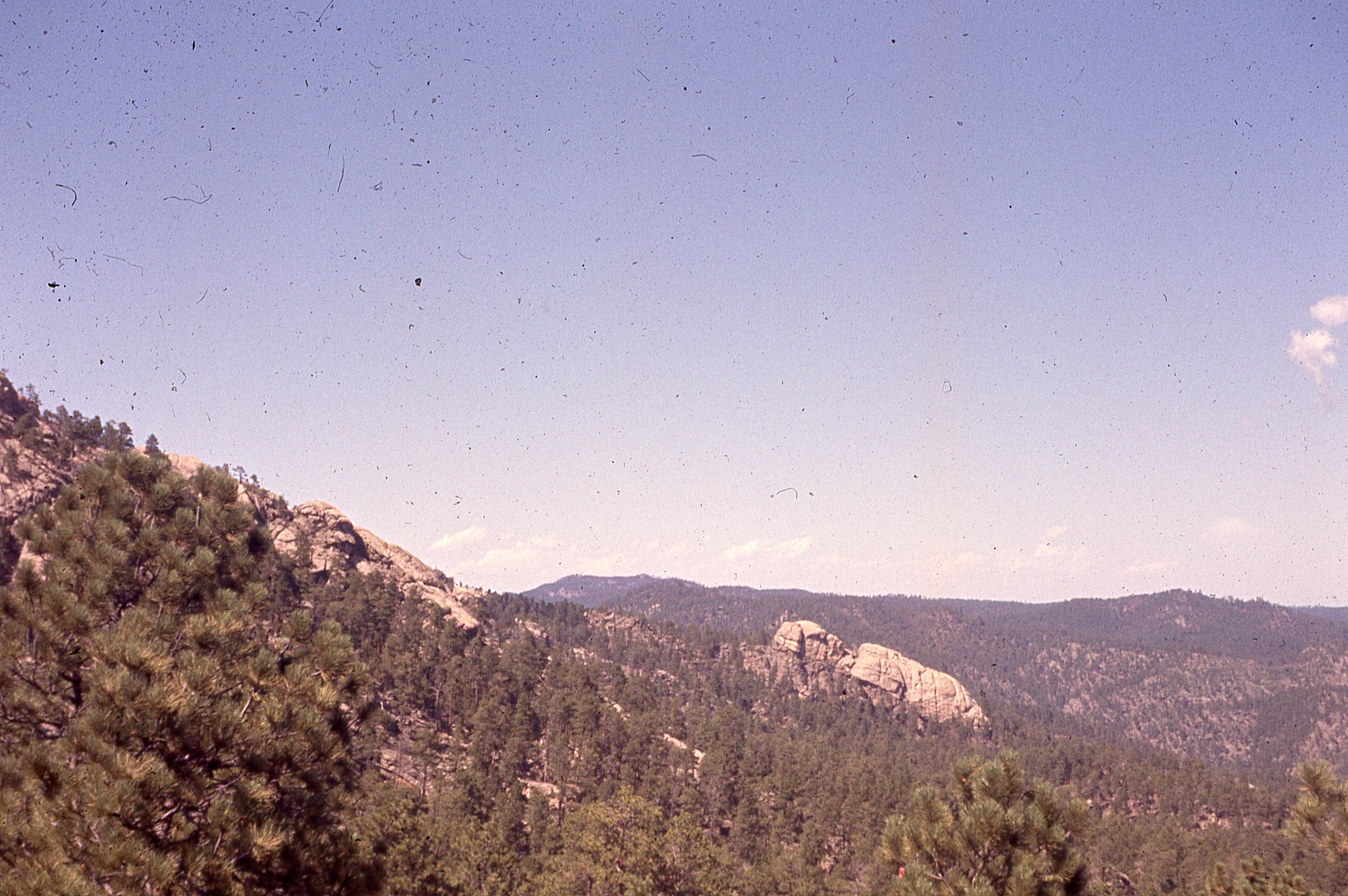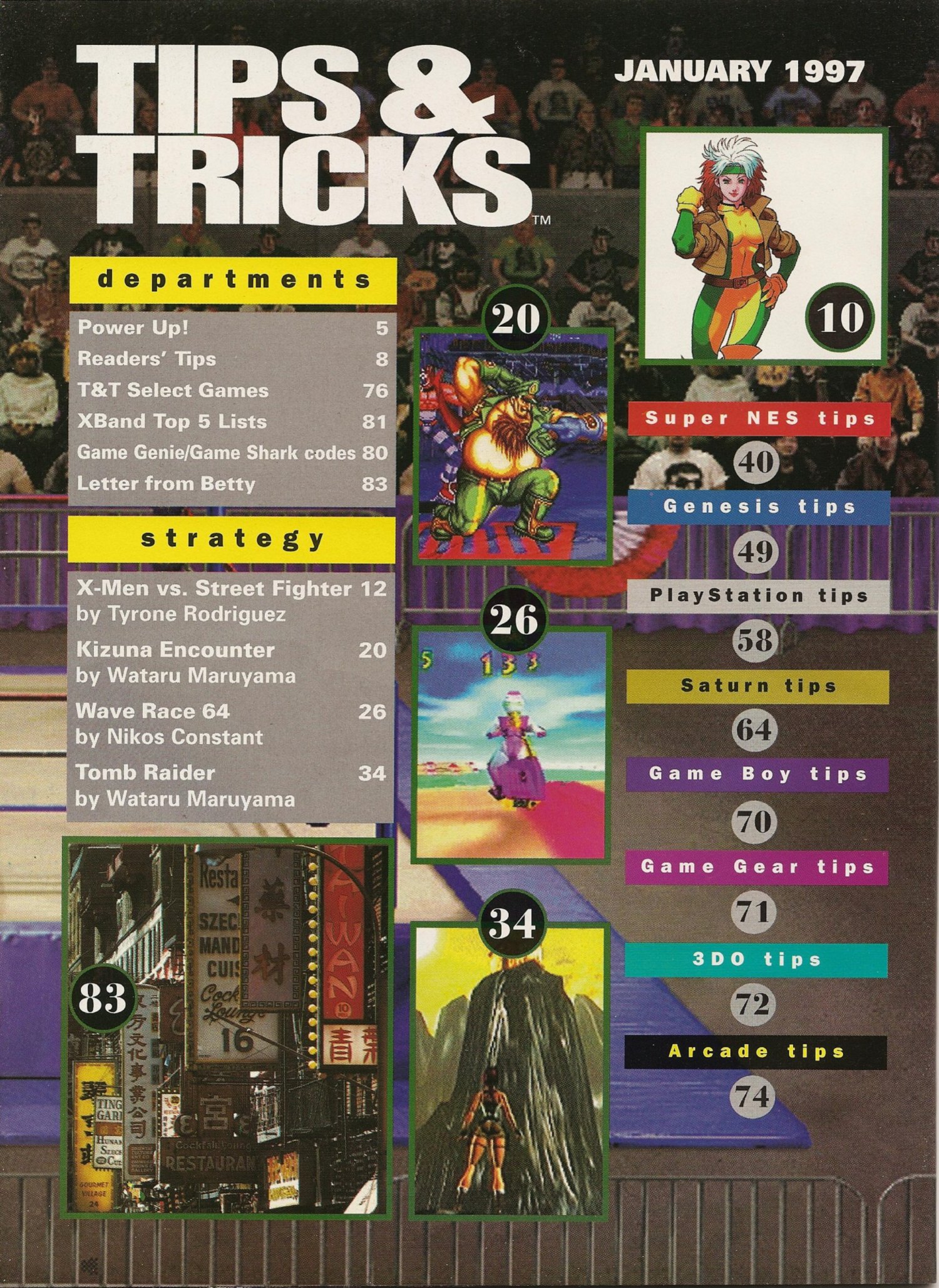Commodore Magazine was one of the first magazines I ever bought on a regular basis. It covered the Commodore 64, Commodore 128 and Amiga line as well as Commodore's PC clones. I only had the Commodore 64 but I enjoyed reading about the Amiga since I wanted one at the time. The January 1987 issue includes:
Departments
- Letters - Comments on previous articles and reviews including Invisible BASIC, Kinney Video Digitizer, and more.
- News - Making the news this month is Epyx's 500XJ Joystick, a laser printing service using GEOS and QuantumLink, an update to the 128 Buyer's Guide, The Commodore Show at L.A., and more.
- Software Reviews
- Mind Walker - An odd sort of puzzle game for the Amiga.
- Where in the World Is Carmen Sandiego? - Explore the world looking for Carmen Sandiego with this game for the Commodore 64.
- Vizastar 128 - Vizistar 128 is a combination spreadsheet/database/graphing program. It takes advantage of the Commodore 128's additional memory and 80 column display.
- Color Mail - A program for the Commodore 64 published by Hallmark for creating and sending (via CompuServe) electronic greeting cards.
- Tips & Tricks - This month, a Commodore 128 mind reader, a disk buyer's guide, tips on using the second side of a disk, making tabs and labels, storing disks, making disk mailers, a program loading tip, and a screens saver.
- Technical Tips
- How to Build a Light Pen - A complete parts list and instructions for building a light pen for your Commodore 64.
- CP/M Public Domain - A guide to obtaining public domain CP/M software that will work with the Commodore 128.
- Telecommunications
- Connect! - A beginner's guide to telecommunications including the definitions of some commonly used terms such as Answer/Originate Mode, ASCII, Baud, Bit, Buffer, Bulletin Board, and more.
- Computer Tutor
- Mobsters! - A guide for creating and using Sprites and other Moveable Objects on the Commodore 64 and Commodore 128.
- 64 Users Only
- Show Anything Slide Show - This type in program provides a slide show that will work with your graphics in a variety of formats, including KoalaPainter, Doodle!, Flying Colors, UltraBASIC 64, HES Graphics BASIC, CadPak 64, Two Color, title and B/Graph.
- Jiffies
- Kaleidoscope - A short program that displays an ever changing kaleidoscope pattern on your Commodore 64.
- E.S.P. - A program that tests your E.S.P. abilities by letting you sense what shape will be displayed on the next card.
- Basic Clock - This short program displays an on screen clock.
- User Groups - A list of Commodore user groups around the country that have been officially recognized by Commodore as Approved User Groups.
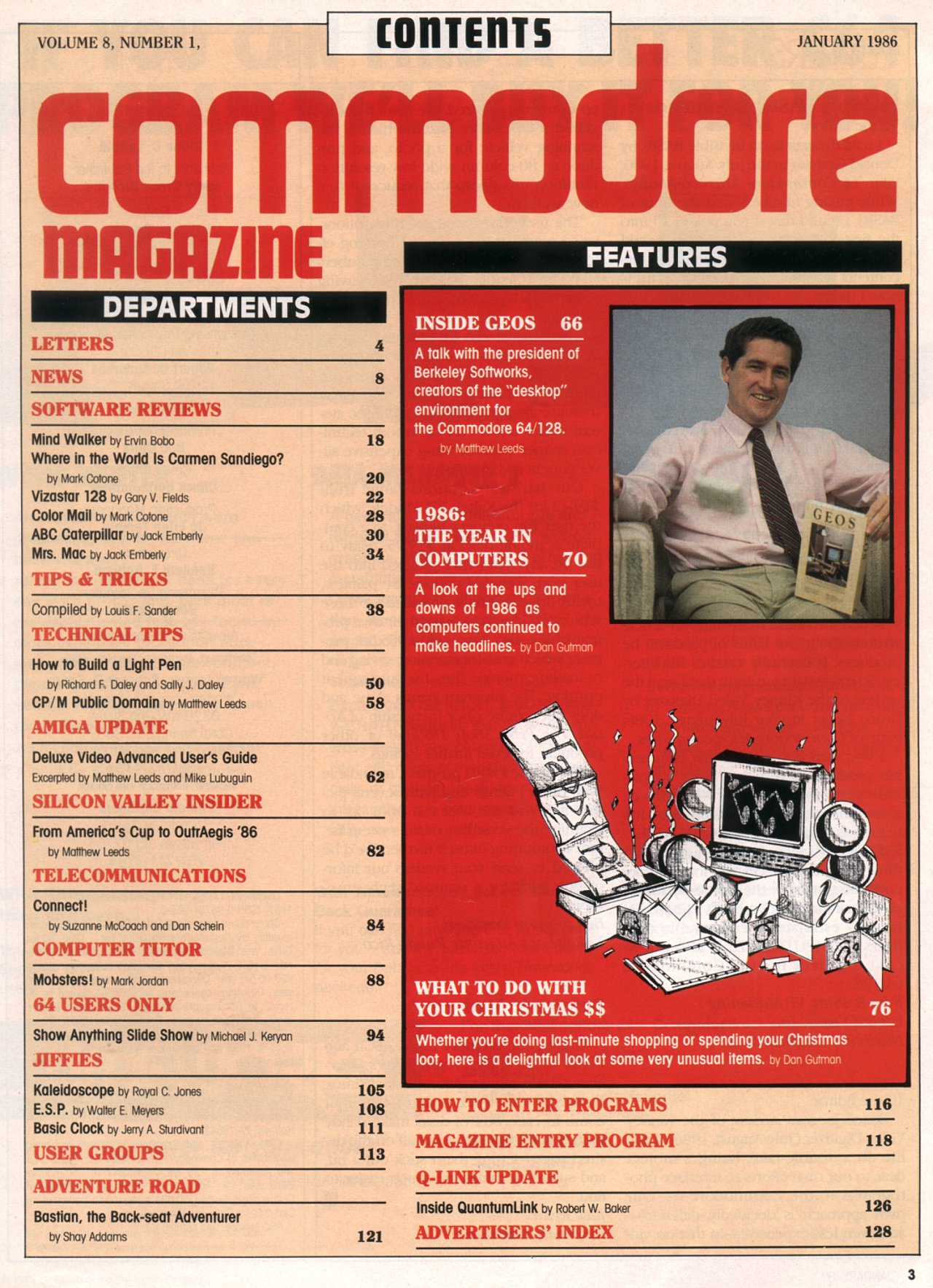
Table of Contents from the January 1987 issue of Commodore Magazine
Features
- Inside GEOS - GEOS was the graphical user interface for Commodore 64 and 128 computers by Berkeley Softworks. This is an interview with the president of Berkeley Softworks and includes some of their plans for GEOS and associated applications.
- 1986: The Year In Computers - Some computer related highlights for 1986 including quotes from Ronald Reagan, Jay Leno, Matthew Broderick and others; first year success for the Commodore 128; the redesigned Commodore 64C; the first wave of software for the Amiga and much more. For context, 1986 included the Challenger disaster, Halley's comet, Microsoft announces public stock offering; Max Headroom is born...

Back cover of the January 1987 issue of Commodore Magazine
Read more: https://www.megalextoria.com/wordpress/index.php/2022/03/31/commodore-magazine-january-1987/











